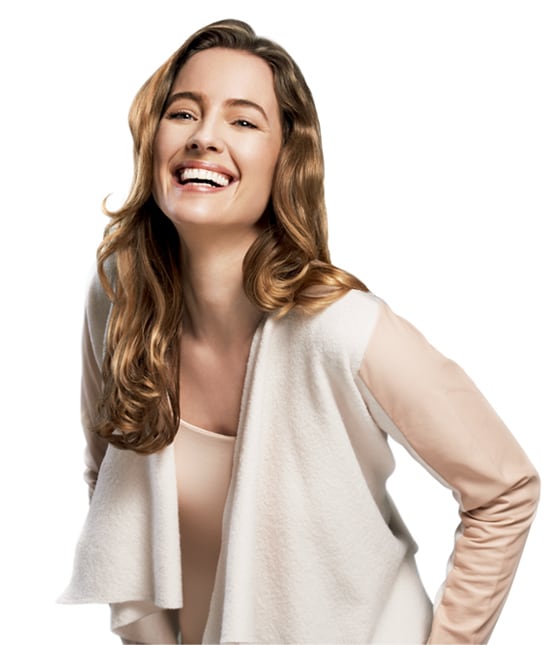Importance of light
We need light for vision, but light also plays an important role in regulating our sleep-wake rhythm, how we feel and how well we are able to work with our brain.
Read more
Light keeps us in tune with nature
Light during the day and darkness during the night is supporting a good night of sleep and a day full of energy. Most people recognize they feel much more energetic during a bright, sunny, day and often enjoy a sound sleep afterwards. Dark, gloomy days, especially in winter may induce feelings of lethargy, low spirit and sleepiness.
Read more
Light makes us feel active
Bright light entering our eyes is increasing our alertness, and decreasing sleepiness, and makes us feel more energetic.
Read more







